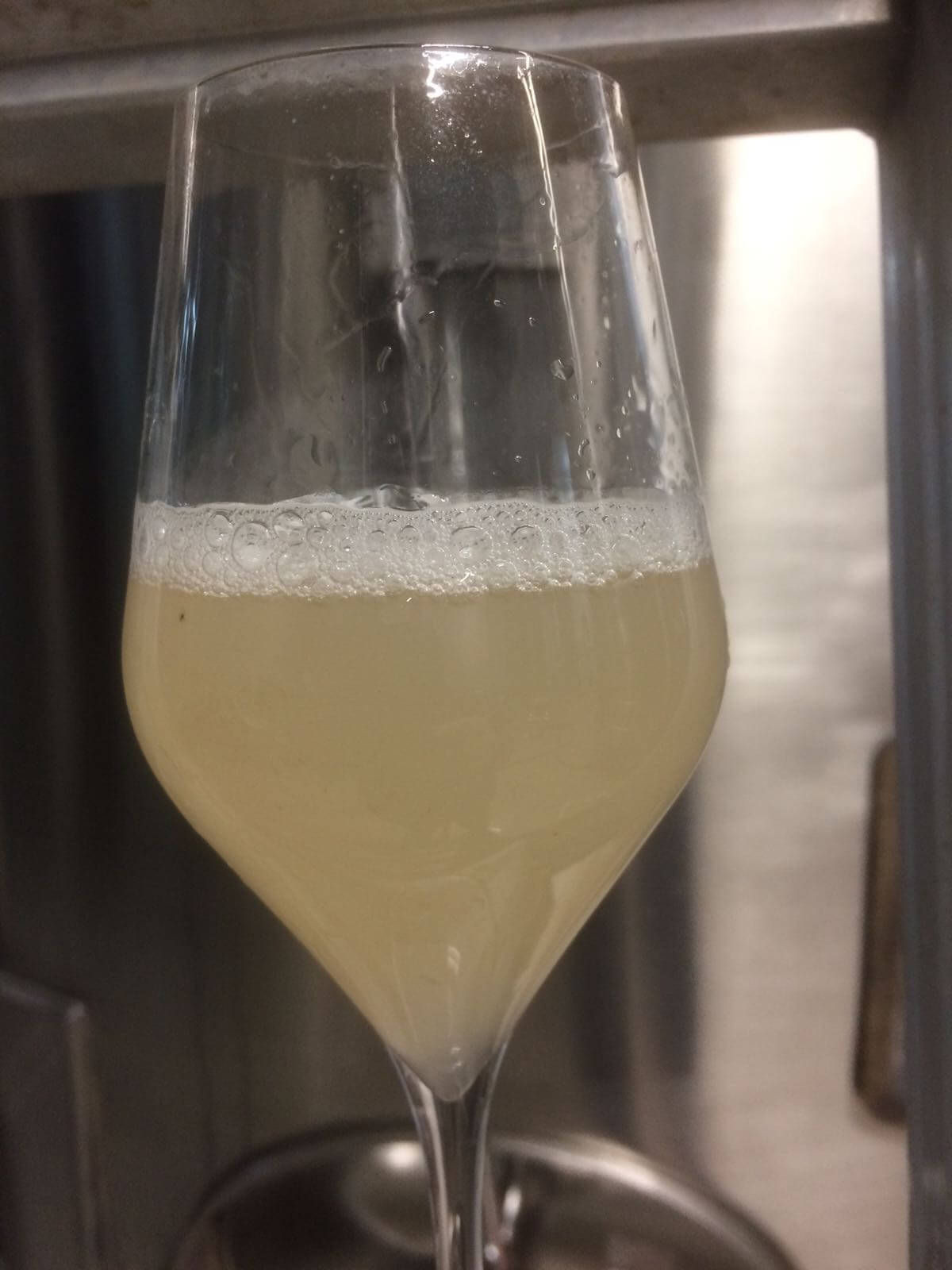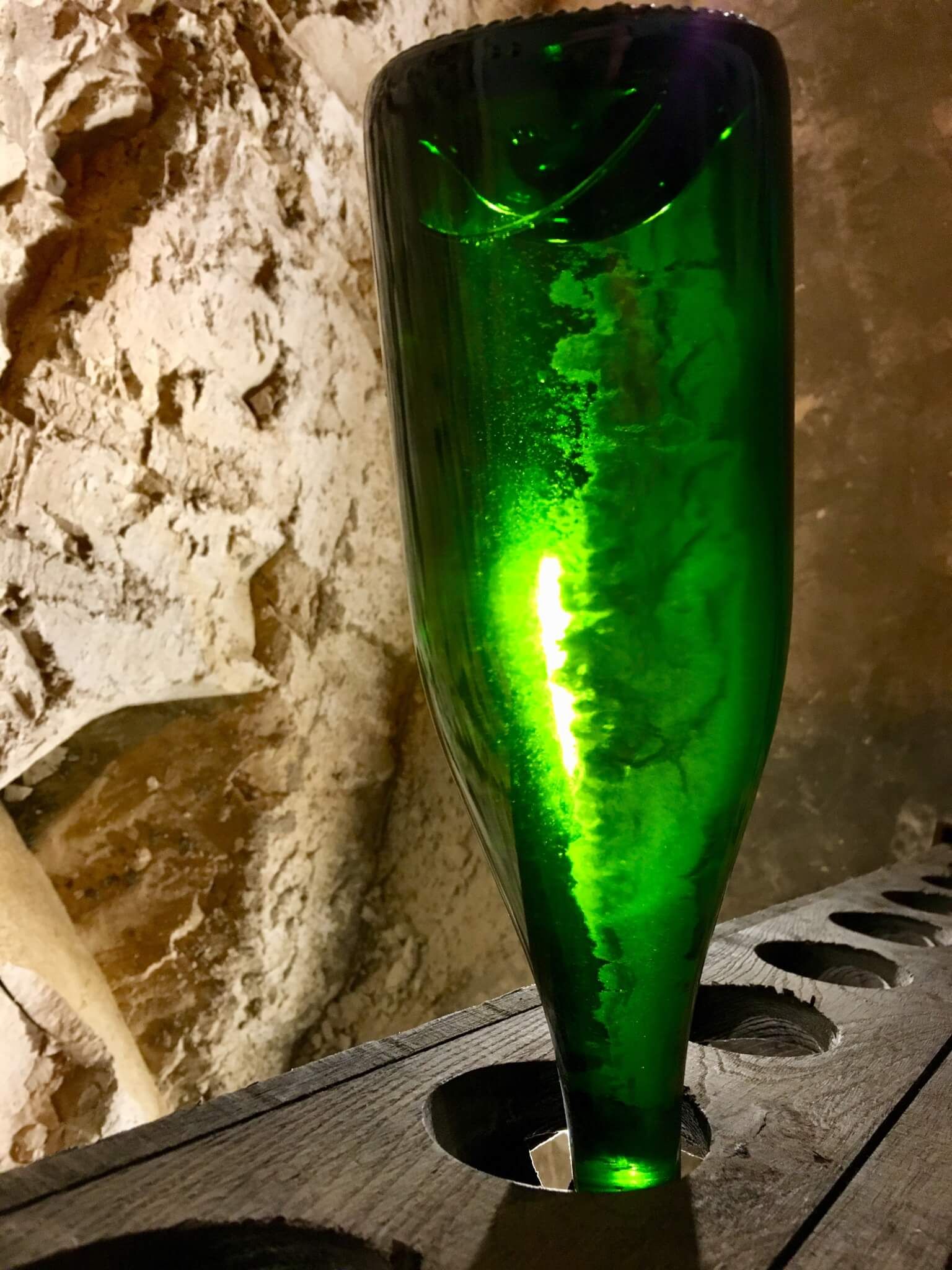Discover the key stages of the traditional method: harvesting, pressing, secondary fermentation, and lees aging, the steps that shape the style and complexity of a sparkling wine.
TRADITIONAL METHOD: FROM HARVEST TO LEES AGING
Crafting sparkling wine using the traditional method is based on a series of precise technical steps. From choosing the harvest date to cellar aging, each decision influences the wine’s final style.
Choosing the right ripeness: sugar-acid balance as the anchor
The harvest date is determined by a targeted balance: 11% potential alcohol for 7 to 9 g/L of total acidity. This technological balance must match both aromatic and skin maturity. The juice obtained should be lively, clean, with no greenness or tannic sensation.
Viticultural parameters vary with climate. In cool climates, short-cycle grape varieties are preferred, with warm exposures and good cluster aeration. In warm climates, long-cycle varieties are better suited, combined with altitude, cooler exposures, cooler soils, and sun protection. Limestone soils, such as those in Champagne, enhance the impression of freshness in the wines.
Slow, precise pressing to extract the best juice
Grapes are harvested by hand, carried in small containers, and quickly brought to the press. Loading is done carefully, without crushing. The pressing is designed to extract first the highest-quality juice located at the heart of the berries. It is conducted slowly, up to three and a half hours, with a gradual increase in pressure limited to 1 bar. Pressing the final fractions is avoided.
After settling, the musts are fermented dry, with or without malolactic fermentation depending on the winemaker’s choice. This produces the base wine.

Secondary fermentation in bottle: capturing the sparkle
The traditional method traps the CO₂ from fermentation directly in the bottle. To achieve this, a second fermentation is triggered by adding sugar at 24 g/L and yeast before bottling, during the tirage stage. A starter culture is prepared in advance to allow progressive adaptation to difficult conditions such as low pH around 3.0, 11 percent alcohol, the presence of SO₂, and fermentation at 11 to 15°C.
Once bottled, the wines are stored horizontally on laths. Secondary fermentation takes around 60 days.

Lees aging in the cellar: two complementary processes
Part of a sparkling wine’s complexity comes from its time spent on lees after secondary fermentation. During this period, the wine refines and evolves through two combined phenomena. The first is time, through redox reactions linked to oxygen entering via the capsule or tirage cork. The second is lees contact, through yeast autolysis. As yeast cells break down, they release components such as mannoproteins, nucleic acids, and lipids that nourish the wine.
A direct influence on sparkling wine style
This dual process enhances aromatic complexity. Amino acids released during autolysis bring a new range of brioche, dried fruit, and roasted notes. The wine gains breadth. Over time, effervescence softens, while autolysis products stabilize the mousse in the glass.
A stylistic tool in the hands of the cellar master
The length of lees aging is the main lever. The longer the contact, the greater the lees influence. After a few years, the cellar master may choose to place bottles on their tips, sur pointe, to reduce contact surface and maintain only the reductive effect. Conversely, he may increase the nourishing effect of lees by using poignettage, where each bottle is gently shaken to put the lees back into suspension, a gesture similar to bâtonnage in still wine.

And at Derenoncourt Vignerons Consultants ?
At Derenoncourt Vignerons Consultants, we support certain estates in producing sparkling wines using the traditional method. This is the case, for example, with Château Guadet’s Blanc de Noir, crafted with the same demand for precision at every stage.
After this time on lees, the final operations of disgorgement, removing the lees, and dosage, final adjustment, will complete the process.
